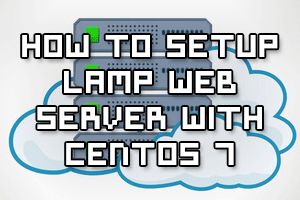
With the correct packages we can quickly setup a simple CentOS 7 server to run a full LAMP stack.
This will turn our Linux system into a web server capable of serving out dynamic content from a database back end.
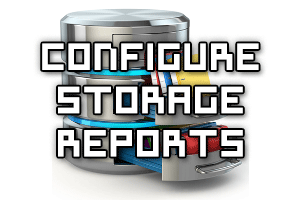
We can configure storage reports with File Server Resource Manager (FSRM) in Windows Server 2016 to generate various useful reports. These reports allow us to get a high level overview of the file shares on the file server.
In this example we’ll show you how to configure storage reports in Windows Server 2016, however the steps are very similar to older versions of the Windows operating system.

The BSides Canberra 2017 conference just wrapped up along with the capture the flag event and I wanted to document my solution to one of the two memory analysis challenges from the forensic category titled “Rekt Exfil”.
I was keen to try this challenge as I’m pretty interested in memory analysis. The first time I ever attempted a memory challenge was actually during the BSides Canberra 2016 CTF, so it’s been a full year since my first time.

We can configure file screens with File Server Resource Manager (FSRM) in Windows Server 2016 to restrict users from saving defined file types to the file share. For example, we can configure file screening to deny users from saving large video files on the file server.
In this example we’ll show you how to configure file screens in Windows Server 2016, however the steps are very similar to older versions of the Windows operating system.
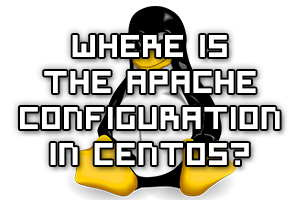
How can we find where the default configuration files for the httpd package in CentOS are located?
By using the RPM command we can query a package to find all of its associated configuration files. Failing that we can use the find command to search the file system for these files, as we will see here.

We can configure quotas with File Server Resource Manager (FSRM) to warn or limit a user based on the total file size of all of the files that they own on the file server. This can be used to fairly share the available space between many users.
In this example we’ll show you how to configure quotas in Windows Server 2016, however the steps are very similar to older versions of the Windows operating system.
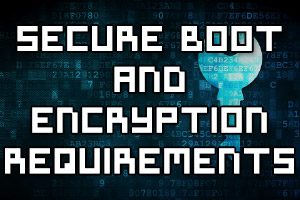
Confirming whether or not your hardware and firmware support secure boot and encryption keys doesn’t really have anything to do with Windows Server 2016, these features must be supported at lower levels than the operating system. This post will address Microsoft’s 70-744 exam objective “Determine hardware and firmware requirements for secure boot and encryption key functionality”.
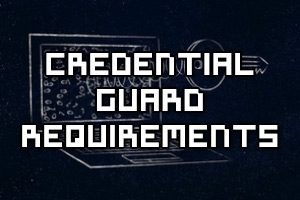
Credential Guard is a new feature available in Windows 10 and Windows Server 2016 that uses virtualization based security to store NTLM and Kerberos secrets in an isolated process.
Without Credential Guard, these secrets are stored in the memory of user accessible processes, making them available to tools such as mimikatz with administrative privileges.
Credential Guard helps protect against this, we’ll be discussing the requirements for setting up Credential Guard here.